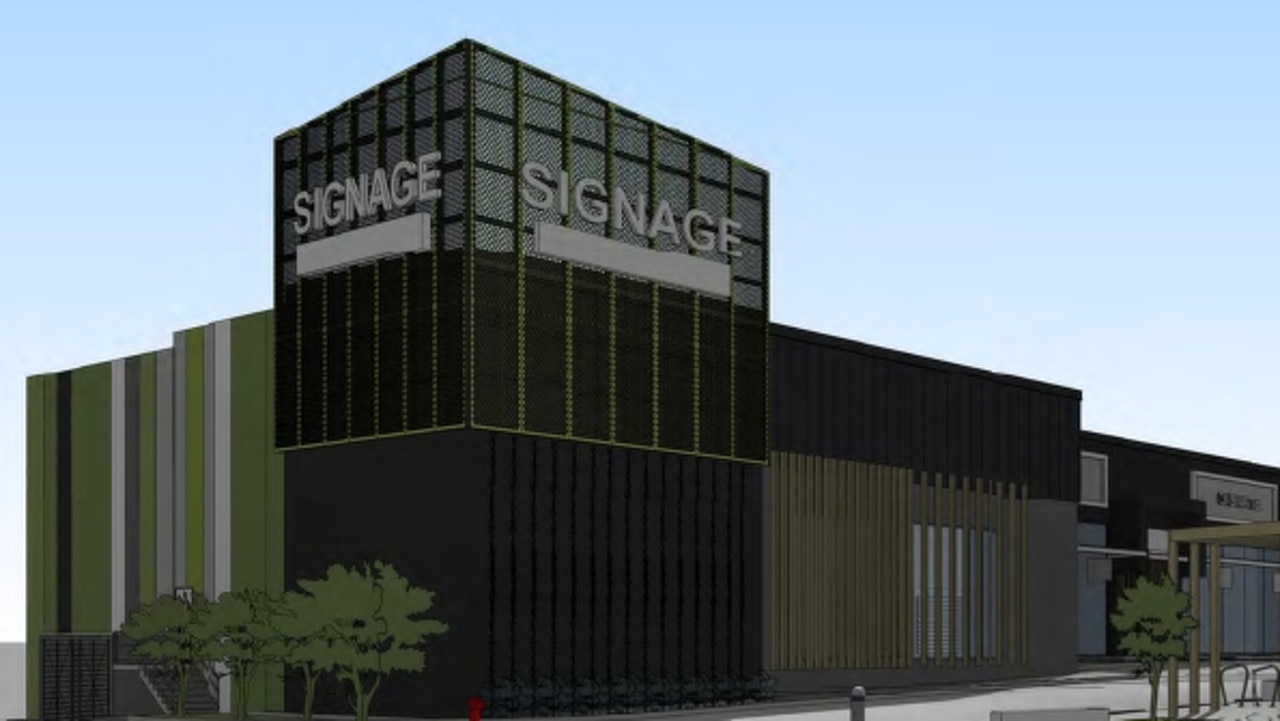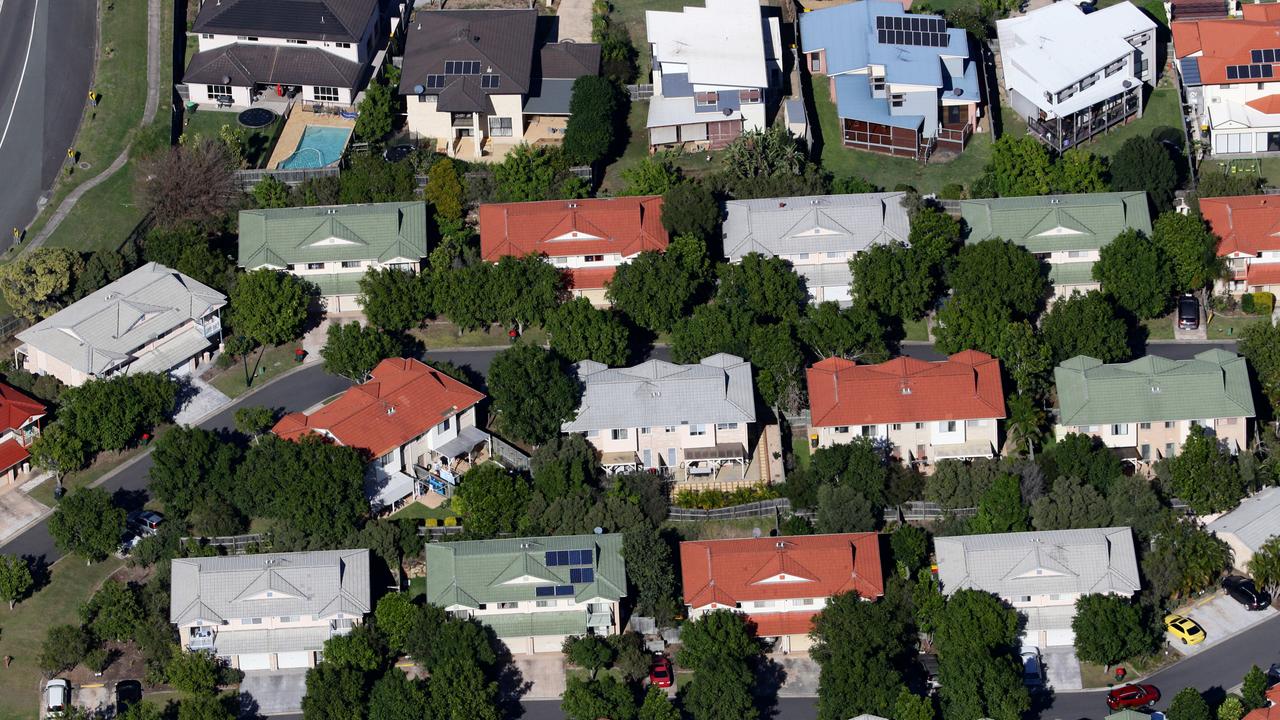Thousands of Melbourne CBD home projects at risk of being shelved as industry warns Victorian government about tax fallout
Thousands of homes approved for Melbourne’s CBD and surrounding suburbs are in jeopardy as alarm bells are raised about developers shelving major projects. SEE EVERY PROJECT MAPPED

Property
Don't miss out on the headlines from Property. Followed categories will be added to My News.
Thousands of Melbourne homes already cleared for construction could be stripped from the city’s struggling housing market as state government policies wreak havoc on development.
The city’s CBD is at the epicentre of industry warnings, with a leading real estate researcher flagging 5600 apartments across 30 projects are now at risk of stalling or even being shelved.
Separate City of Melbourne figures show there are now 16,000 apartments approved for construction across the municipality, but with construction yet to start.
RELATED: Holes of Melbourne: Mayor prepares to fight ‘zombie’ sites around the city
Melbourne CBD home to nation’s worst mortgage delinquency rate
High-density development vs. heritage: Melbourne population booms as affordability declines
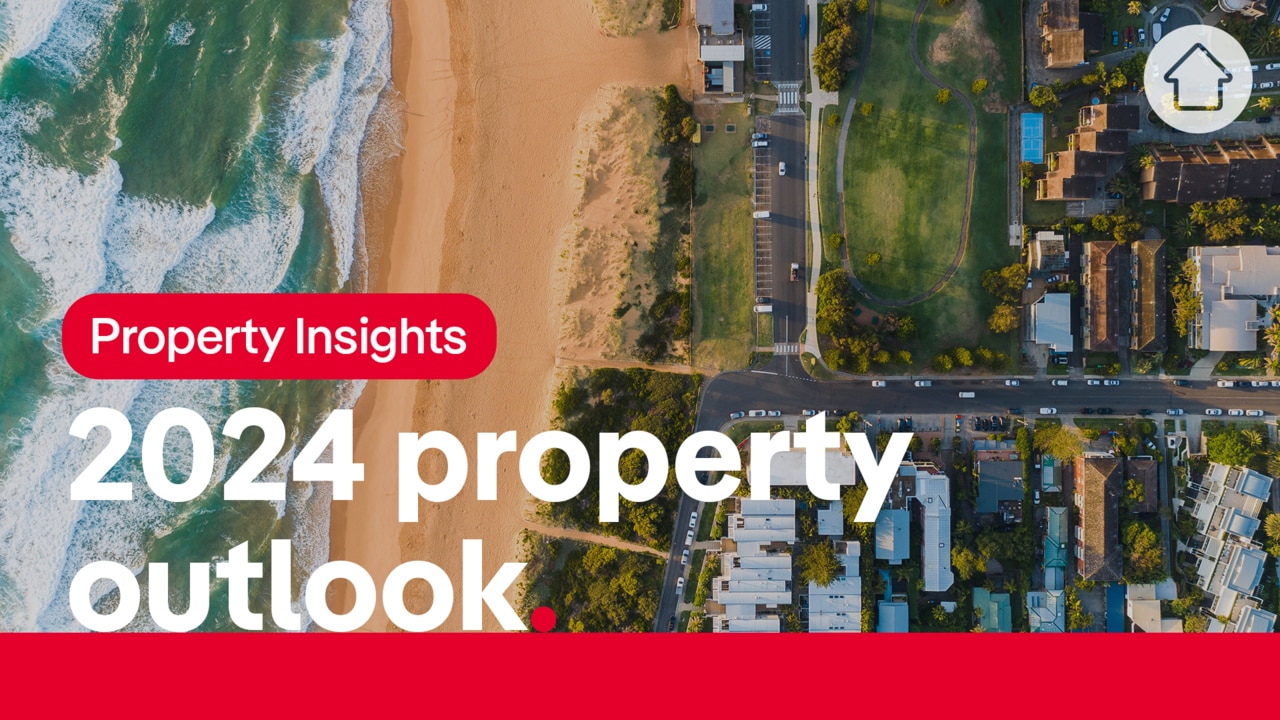
This includes 50 projects with anywhere from 50 to 790 apartments.
Australia’s largest database for development projects, Cordell Connect, has marked four high-profile projects as abandoned – meaning a development application has lapsed or been withdrawn, or a tender cancelled – including a 77-apartment tower with retail space proposed for 696-708 Elizabeth St, Melbourne.
Experts say the city’s dire development status poses a massive hurdle to the Victorian government’s Housing Statement target to build 800,000 homes within the next decade.
Industry groups and the City of Melbourne believe the state government will have to incentivise buyers to come back, a tactic last used during the pandemic when stamp duty concessions were provided for new apartments sitting empty in the municipality.
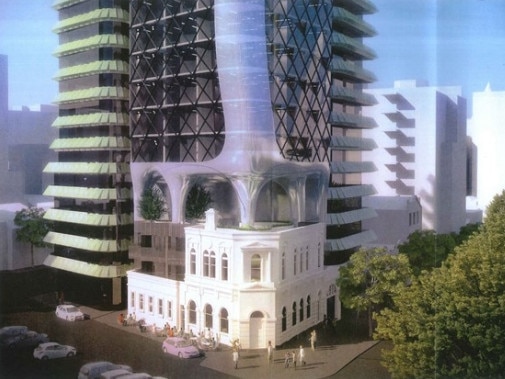
Charter Keck Cramer research national director Richard Temlett said feasibility problems caused by post-pandemic surging building costs and substantially higher finance costs were being compounded by the government increasing taxes on development and investments. It also is hindered by scrapped incentives previously available for buying off the plan.
Because of this, 30 CBD developments might no longer stack up after past approvals, although Mr Temlett declined to comment on individual projects.
“A lot of them will not be financed; so a number of them, without incentives, are highly unlikely to proceed,” Mr Temlett said.
“They are at risk of being shelved.”
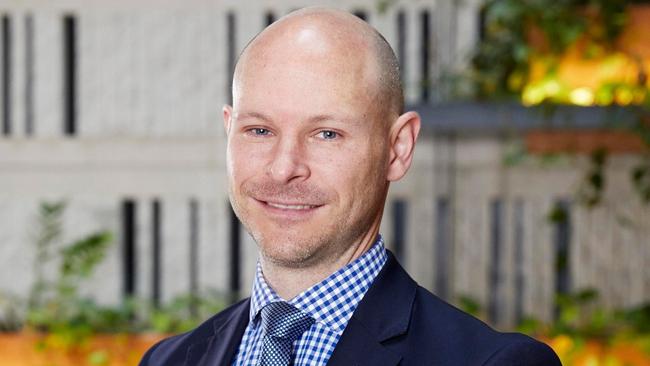
The dire situation is much more a reflection of “planning changes” than Covid’s aftermath.
“You can’t just blame the pandemic, he said. “And if they (the government) do nothing, nothing is going to happen or be built.”
Mr Temlett said that apart from enticing local buyers with property tax concessions, the government might also have to unshackle foreign investors in the CBD and scrap height and density restrictions so more affordable homes can be built.

He warned that failing to incentivise the market could hinder the city’s future development.
“Developers don’t want to be spending money getting a site approved and then having it lapse,” he said.
“And some of these developers won’t do business here again.”
Urban Development Institute of Australia, Victoria chief executive Linda Allison said significant reform, like bringing back-off-the-plan incentives, was needed to kickstart development in Melbourne.
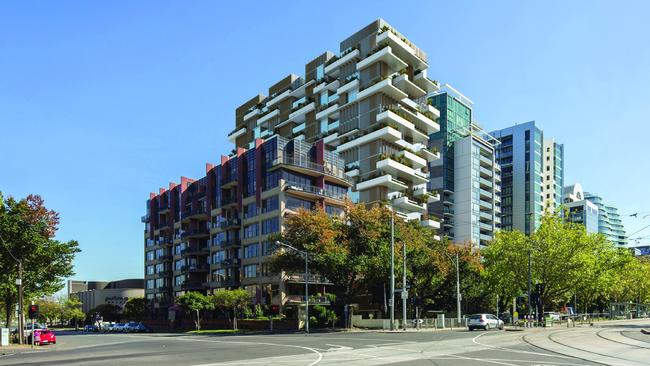
The UDIA has been asking the government to take action since the Housing Statement’s 2023 release, with the lack of affordable apartments being built a particular concern.
“We just won’t see the investment in inner and established areas of Melbourne to the level of development needed to meet the growing population and housing targets the government themselves have set,” Ms Allison said.

The Property Council of Australia’s Victorian executive director Cath Evans said the industry was committed to delivering the government’s housing targets but a range of factors were making it difficult to get projects started.
“With an uncompetitive tax regime placing huge pressure on margins and impacting the feasibility of projects, we encourage the state government to take a constructive approach to immediate tax relief to stimulate confidence and support housing supply,” Ms Evans said.
“The Victorian government needs to take positive steps to reduce the tax burden on the industry and inject confidence into the market.”
She said the council has proposed a range of measures for the state government to consider which the organisations’ members “believe would have a positive and tangible impact” on housing supply in Melbourne established areas, including off-the-plan stamp duty relief.

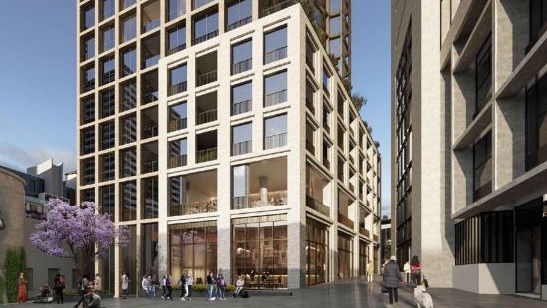
Australia’s largest owner and operator of purpose-built student accommodation (PBSA), Scape, has 13 Melbourne CBD buildings, manages an additional two buildings and is developing two other sites.
Scape chief executive Anouk Darling said increasing Victoria’s absentee land owner surcharge (AOS) to 4 per cent this year, as opposed to the previous 2 per cent rate, had added another burden to developing in the city.
“Outside of the usual hurdles around planning, high cost of labour and build costs, Melbourne has solidified itself as the worst place to attract capital, with the changes to its absentee owner surcharge (AOS) as it relates to land tax,” Ms Darling said.

“Right now, Melbourne is death by a 1000 paper cuts when it comes to the regulatory and tax environment, eroding profitability and deterring ongoing investment.”
She suggested the state government address the situation by simplifying and expediting approvals; introducing more flexible zoning regulations for mixed-use developments; and providing incentives for developers who build affordable housing and encourage sustainability in their builds.

Melbourne-based Wizel Property Group’s chief executive officer Mark Wizel said he has seen some developers reconsider or withdraw from major projects in Melbourne’s CBD and surrounds.
“This trend is often driven by a combination of factors including rising construction costs, increased regulatory hurdles and uncertainties in market demand,” Mr Wizel said.
“Additionally, the process for securing approvals and meeting compliance requirements has become more stringent, which can slow down development timelines and increase overall project costs.”
He added that aside from scrapping taxes or reintroducing incentives, improving the situation would likely require government and private sector collaboration to upgrade public spaces and infrastructure, and support local businesses.
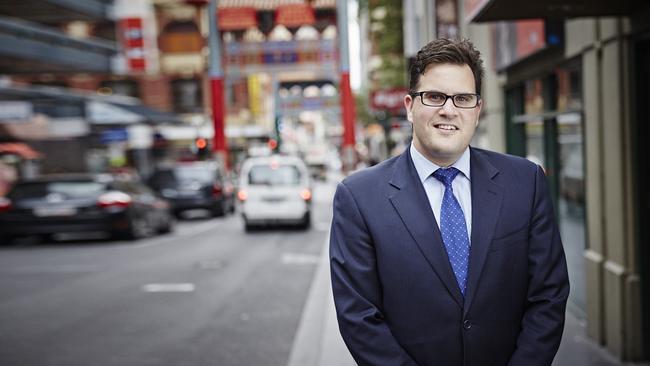
Latest Australian Bureau of Statistics numbers show 7419 apartments were approved for construction across Victoria, in the 12 months to June 30.
The City of Melbourne has been tasked with building 134,000 new homes by 2051, but current approval trends mean building just 48,406 is a more realistic figure.
Melbourne Lord Mayor Nick Reece said the council was doing what it could to facilitate “a big pipeline” of new projects to enhance Melbourne’s liveability.

“No one wants to see empty sites in the city – we’ll continue to work with developers to ensure sites do not remain dormant,” Cr Reece said.
“In the past we’ve seen effective sweeteners offered by the state government, such as stamp duty exemptions for new apartment builds – to encourage new development starts. This is the sort of incentive we need to see again.”
He added that developers were also being encouraged to hurry up with time limits on approvals.
These include a two- or three-year timeline for construction to commence, and four or five years to reach completion from the permit date.
Explanations are required where these deadlines are not met.
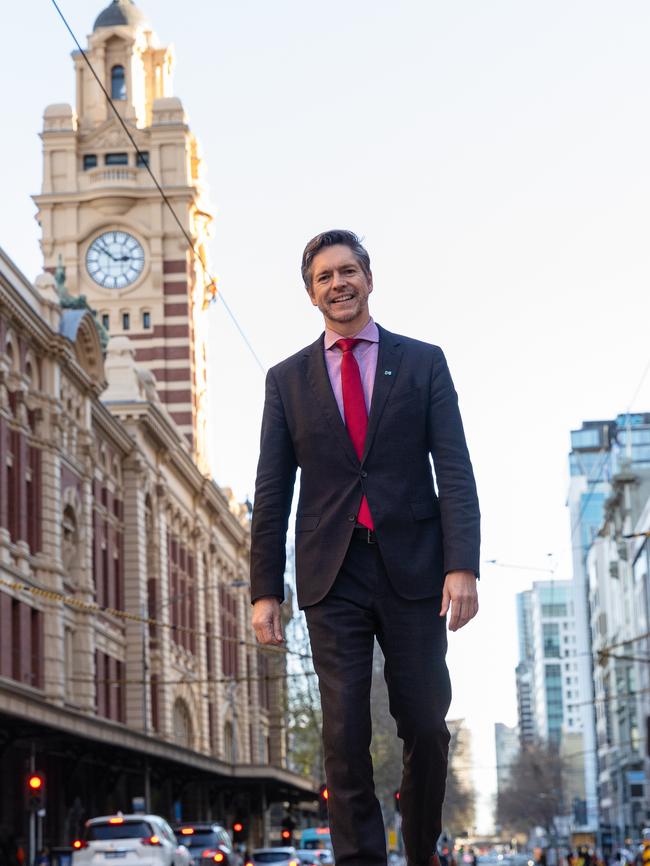
The City of Melbourne flagged that the biggest issues stopping approved projects begin construction in the CBD as:
– construction cost rises
– shortages of skilled labour
– finance difficulties
– homebuyer and investor confidence limiting pre-sales
– developers being forced to alter plans in response to changing market conditions or to sell to other developers.
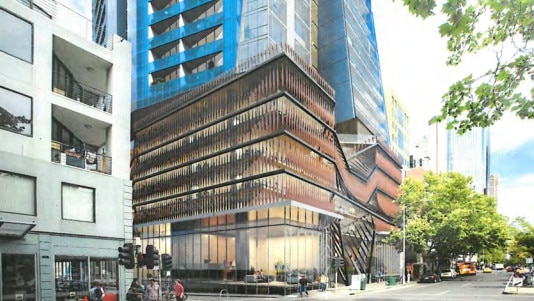
Property Investment Professionals of Australia board member and former Real Estate Buyers Agents’ Association president Cate Bakos said Melbourne had not “seen an exodus of investors like this in a while”.
“Taxes and onerous rental reforms are to blame for this,” Ms Bakos said.
“Nasty foreign owner surcharges and taxes have certainly flushed out some offshore investors too.”
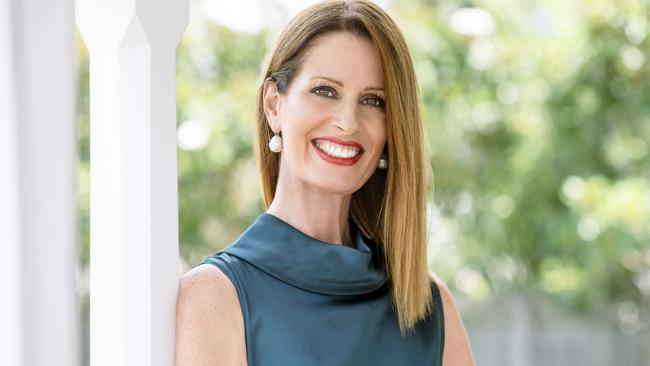
She said that home pre-sales were tough for developers, yet many lenders placed this expectation on developers.
“In addition, commercial lenders require a developer to have a stronger equity position or capital invested – on this economic climate, it’s a tougher ask for developers,” she said.
But Ms Bakos added that developers “need to get savvy with their floorplans and designs”.
“There is little point catering to a non-existent market with shoebox designs,” Ms Bakos said.
“We have a growing interest in city living, and that requires a more generous and family-friendly floorplan
“Three-bedroom-plus designs sell like hot cakes, so why aren’t they making more?”
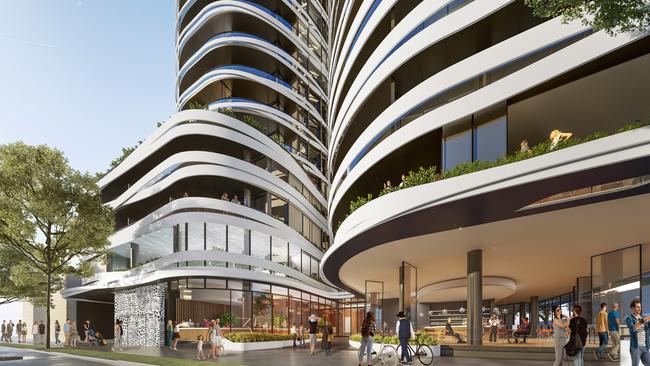
Commercial real estate agency JLL Victoria’s head of capital markets, Josh Rutman,
said with soaring population growth and an ultra low vacancy rate, Melbourne’s lagging construction was not an issue of demand.
“The problem we have is on the supply side,” Mr Rutman said.
He added that residential development was almost always the most likely to stack up financially for developers, and that in the lead up to the pandemic there had been a significant uptick in commercial real estate being added to the city – meaning the development cycle today should be even more weighted to housing.
“So more often than not, a site being looked at will got to residential.”
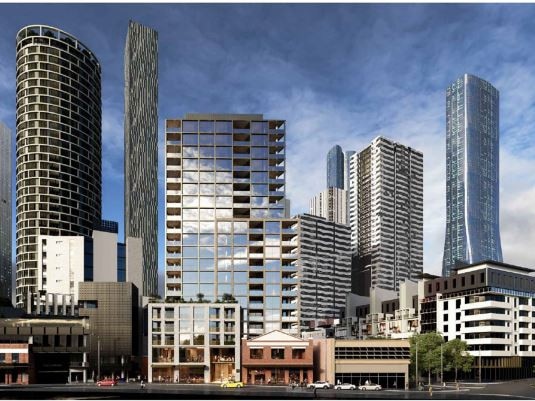
The Housing Industry Association’s Victorian executive director, Keith Ryan, said consumer confidence was divided due to worries about the quality of some building work and whether projects would finish on time.
Mr Ryan also said there was a serious lack of domestic building insurance for buildings above three or more storeys.
HOW TO SAVE MELBOURNE’S CBD DEVELOPMENT
+ Remove C270 planning controls to allow greater height and density, instantly making projects more feasible.
+ Better define and steamline build-to-rent development for the city.
+ Reinstate lapsed permits.
+ Expedite switches between similar project types, such as build-to-sell complexes and build-to-rent projects.
+ Provide stamp duty exemptions for local and foreign investors.
+ Remove infrastructre charges and levies.
+ Remove foreign purchaser taxes and surcharges.
+ Establish apartment viability fund to bride the gap between apartment construction costs and future revenues.
Source: Charter Keck Cramer
Sign up to the Herald Sun Weekly Real Estate Update. Click here to get the latest Victorian property market news delivered direct to your inbox.
MORE: Metricon has $76m turnaround after receiving $30m lifeline just two years ago
UDIA: Vic gov could exacerbate housing crisis if it continues to stall on land development
Peak bodies accuse state gov of selling land that should be used for building social housing
Originally published as Thousands of Melbourne CBD home projects at risk of being shelved as industry warns Victorian government about tax fallout

